Is Islamabad on its way to becoming the next Mohenjo Daro?
Without planning, chances for cities in Pakistan to survive would be difficult

PHOTO: EXPRESS
Hammad Gilani, a post-doctorate researcher from the University of Illinois, regards horizontal expansion for residential and commercial purposes as one of the major reasons for encroachments in the green zones of Islamabad. According to Gilani, “The conversion of trees and green zones into concrete is exposing the soil, which can be catastrophic if any natural disaster, especially if an earthquake strikes the city, the exposed soil won’t be able to retain itself and the concrete homes and plazas built upon it would be reduced to rubble.”
Gilani further cautions on the ‘extensive’ encroachment occurring in the Margalla Hills National Park, which can alter the rainfall patterns, reducing the frequency of rainfalls.
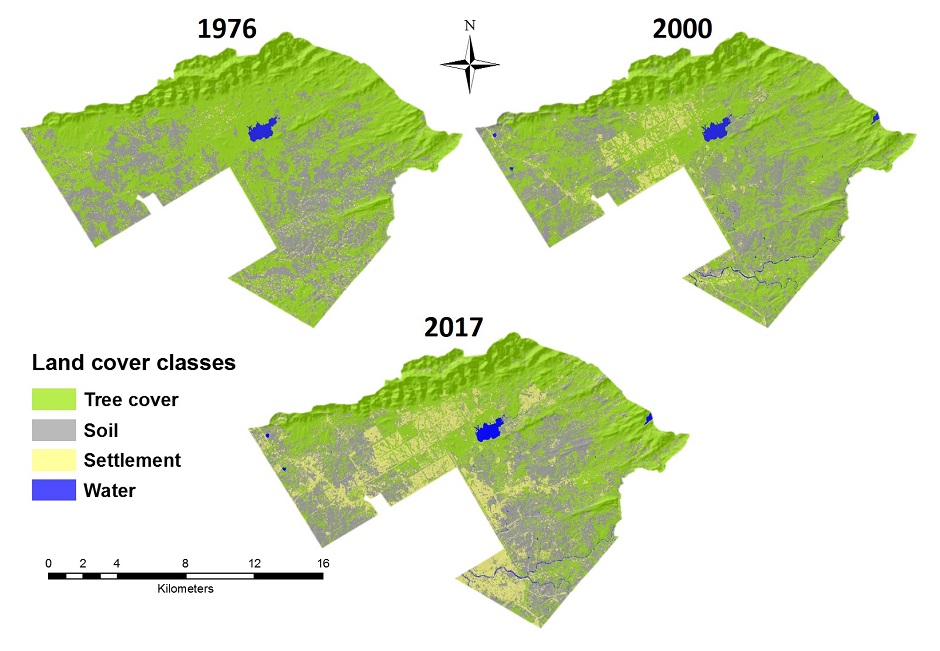 PHOTO: Satellite images used to assess the tree cover changes at 30m spatial resolution processed by Hammad Gilani
PHOTO: Satellite images used to assess the tree cover changes at 30m spatial resolution processed by Hammad Gilani With an annual rate of change of tree loss to 2ha, Islamabad is experiencing tree cover loss at a higher rate than the tree cover gain.
With an annual rate of change of tree loss to 2ha, Islamabad is experiencing tree cover loss at a higher rate than the tree cover gain.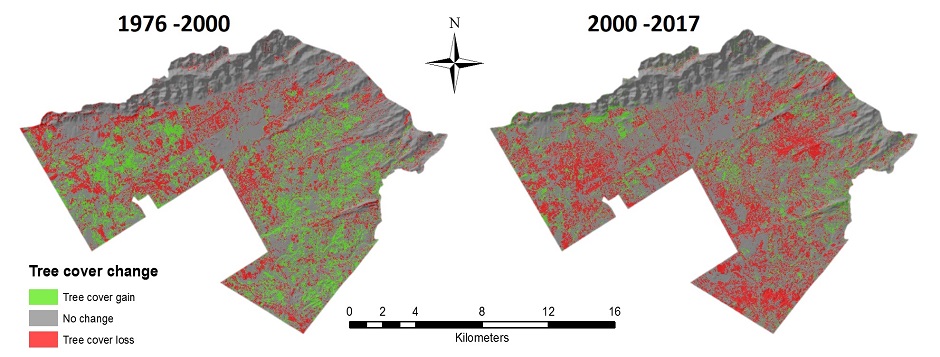 PHOTO: Satellite images used to assess the tree cover changes at 30m spatial resolution processed by Hammad Gilani
PHOTO: Satellite images used to assess the tree cover changes at 30m spatial resolution processed by Hammad GilaniIslamabad: The only planned city?
When the first military dictator of Pakistan Field Marshal Ayub Khan decided to shift the capital from Karachi to Islamabad in the 60s, he ordered the fast greening of the new capital which led the forest department to import a fast-growing species from South East Asia called Paper mulberry to be planted. However, the department hadn’t tested the species under a controlled environment. As a result, its plantation soon led to dangerous consequences, such as, allergy and breathing problems among the residents and it also affected the local ecosystem.
What is worse is that the current deforestation spree is indiscriminately felling the indigenous and exotic species, which is taking a toll on the indigenous flora. Tahir Rasheed, the CEO of South Punjab Forest Company, while expressing his disappointment on the unending tree felling campaign, warns that deforestation will increase the micro-climate of the city and surge in temperature will alter the rainfall patterns.
“Just like Lahore which has turned from a city of gardens to a city of concrete, Islamabad has embarked itself on the same path, which can even lead to the collapse of the urban ecosystem, if deforestation continues unabated,” he mentions.
Lahore is changing but surely not for good
While some residents may be unaware of the long-run effects of this deforestation others have tried to take matters in their own hands but to no avail. “Despite being the citizens of Pakistan, we are not allowed to exercise our right to information. As citizens, we don't have access to the Islamabad Master Plan, such as on the website of the Capital Development Authority (CDA),” informs Mome Saleem, programme coordinator, Heinrich Böll Stiftung, a German non-political organisation pushing the green agenda in Pakistan.
Mome expressed disappointment that instead of replicating Islamabad’s Master Plan to other cities, efforts are being made to steer Islamabad on the course of unsustainable development. “Globally there is a practice of developing smaller cities to prevent migration to bigger cities. But unfortunately, in Pakistan, only the major cities are developed and others are deprived of basic facilities, which prompts migration from smaller to larger cities. The result of which is that the population of Islamabad has swelled to 2.07 million in the last two decades, which has built tremendous pressure on the ecosystem of Islamabad especially on urban forests,” she says.
Every tree that is felled, adds pressure on the ecosystem, mentions Mome. The government has a habitat of planting twice or thrice the number of trees with every tree that is chopped in the name of development. But the dilemma is that the government plants exotic species, which doesn’t contribute to the ecosystem and instead harms it in the form of extra consumption of groundwater and allergy issues. “High-rise buildings were never the culture of Islamabad and now the parks and green zones are being encroached to make concrete structures. If the citizens failed to take the responsibility now, soon the city won't be able to survive,” warns Mome.
However, the corporation responsible for providing municipal services in ICT, the CDA cites population bulge as the biggest contributor to deforestation. The deputy director of media at the CDA, Malik Saleem, while putting off the blame from his organisation, informs that the CDA also plants a total of 600,000 trees in the capital during the spring and monsoon season each, every year to restore the loss of urban forests.
While further briefing regarding the plantation efforts, Malik says, “We have initiated a week-long campaign called Ghar Ghar Aik Shajar (every home to have a tree) through which 30,000 plants will be distributed among the residents of Islamabad, which will help to inculcate civic responsibility among them to plant trees and also protect them.” From March 20, 70,000 plants are being planted in every sector in the green spaces and from March 27, 300,000 trees in Margalla Hills National Park to maintain the forest cover, adds Malik.
But is the CDA planting the right tree and not invasive species, especially Paper mulberry? Malik clarifies that only ‘local species’, including fruit trees, are being planted which can adapt to the climate.
With trees being mercilessly chopped in the name of development in Islamabad when asked how the CDA plans to compensate the ecological loss, Malik informs, “With every tree that is felled, we plant 10 trees in the same area, so that the ecosystem does not get out of balance.” However, that is not enough and the CDA needs to devise plans that have long-term effects. Some of which have been mentioned below:
Urban forestry promoted worldwide
It is worthwhile to note that in major cities around the world, urban forests are well conserved for their critical role in increasing the supply of good-quality water and supporting water management in and around urban settlements.
One such case is of New York which spent between $1.4-1.5 billion in watershed management projects, including improved forest management. The other alternative of building a filtration plant would have cost $6 billion and $250 million annually for maintenance. Whereas in London, the 8 million urban trees yield annual benefits worth £132 million, mostly related to the removal of air pollution and improved quality of water, and have an amenity value of approximately £43 billion.
Expert talk: Pakistan running dry fast, water conservation must
Vertical forestry
With rising population pressure, increased climate change impacts and worsening air pollution crisis, there is a dire need to increase the urban forest cover in the shrinking space. The concept of vertical forests has been given to the world by an Italian architect Stefano Boeri, who co-founded Stefano Boeri Architetti, which involves the construction of high-rise buildings covered with trees and plants. The concept helps to promote the co-existence of nature in urban areas, as thousands of square metres of forest can be grown onto a few hundred square metres of urban space, which offers numerous ecological and economic benefits. Such a plan should also be replicated in not just Islamabad but also other urban centres in the country.
Urban forest policy
Globally, urban forest policies are enacted to protect the urban forests. Though Pakistan has a national forest policy but there is not a single urban forest policy for any city of the country that can safeguard the conservation of forests in urban and peri-urban areas. This is, in fact, another dimension, which the policymakers should explore, as such a policy can help to document the significant social, ecological and economic benefits of urban forests and also suggest measures for their subsequent conservation. The city of Minneapolis in the US is one such example which has prepared a comprehensive urban forest policy.
Nations invest in their natural resources to ensure sustainability. The loss of urban forest cover of Islamabad is anthropogenic and it can only be solved by expanding the city in vertical fashion and changing consumption patterns.
Two major cities of Pakistan - Karachi and Lahore - are already reeling from the environmental consequences of not having urban forests. In Karachi, the Urban Heat Island effect coupled with limited urban green triggered heatwaves, which took more than 1,200 lives back in 2015, whereas in Lahore the merciless cutting of urban forests along the canal and other areas led to a choking smog in 2016 and 2017.
Pakistan as much to blame for smog as India
Day Zero
Whilst knowing the benefits of urban forests, if those sitting in power corridors kept their silence on the unprecedented felling of urban forests in Islamabad, the residents should fear the day when the urban trees would be reduced to none. And this can have severe repercussions on the water availability of the capital, leading to a drought-like situation. Islamabad is already suffering from water shortage and by connecting the dots one can easily correlate between the loss of urban forest cover and water scarcity.
Lessons should be learned from Cape Town, which is reeling from severe drought and water scarcity and is close to Day Zero – an apocalyptic scenario when water in the six-dam reservoir system falls to 13.5 per cent capacity, leading to the closure of valves which will stop water to a million households.
It is high time to learn from the past and set the course for the future. Without planning, Pakistan will find itself in an impossible situation, where the chances for its cities to survive would be extremely difficult. Sustainability is the key to survival and if science is purposefully ignored then the day is not far when Islamabad would become a lost civilisation just like Mohenjo Daro and Harappa.
Syed Muhammad Abubakar is an international award-winning environmental writer with an interest in climate change, deforestation, food security and sustainable development. He tweets @SyedMAbubakar and can be reached via s.m.abubakar@hotmail.com


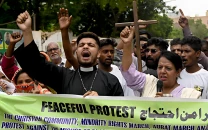
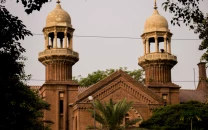
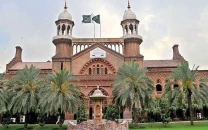














COMMENTS
Comments are moderated and generally will be posted if they are on-topic and not abusive.
For more information, please see our Comments FAQ